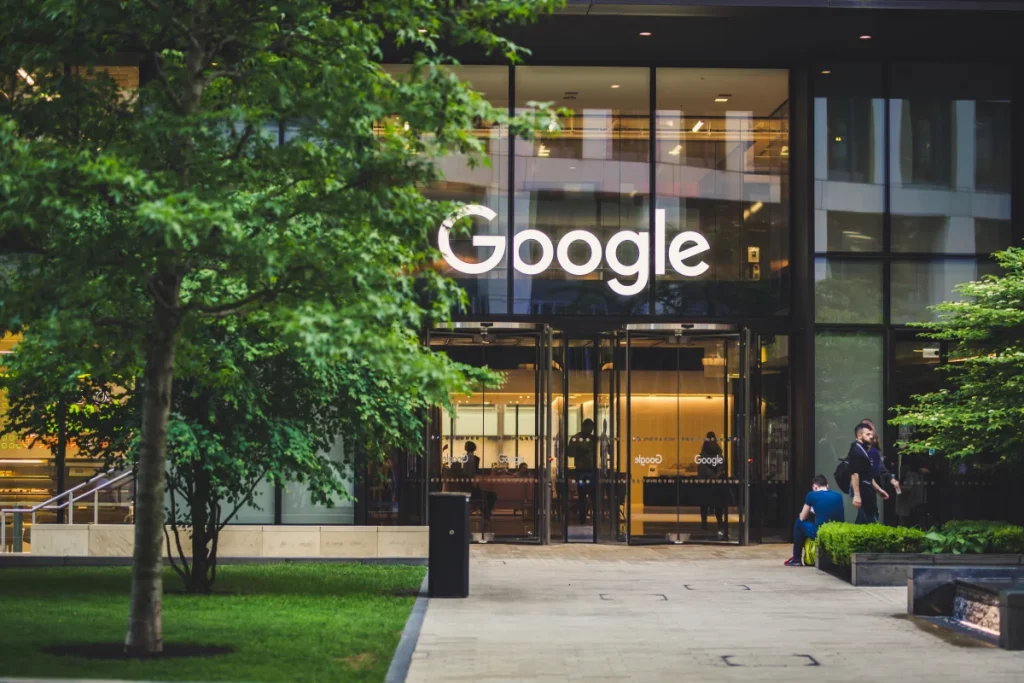• Google’s largest carbon removal deal to date will fund the restoration of Amazon rainforest areas through Brazilian startup Mombak, offsetting 200,000 metric tons of CO₂.
• The partnership strengthens demand for high-quality nature-based carbon credits as Big Tech confronts soaring data center emissions.
• Brazil’s COP30 agenda and the emergence of the Symbiosis Coalition signal a shift toward more transparent, science-based carbon accounting for forest restoration.
Google Doubles Down on Nature-Based Carbon Removal
Google has finalized its largest-ever carbon removal agreement, financing large-scale reforestation in Brazil’s Amazon basin through local startup Mombak. The deal, announced to Reuters, will offset approximately 200,000 metric tons of carbon emissions — quadruple the amount covered under a pilot contract between the two companies in 2024.
The move comes as Google accelerates its search for verified, high-quality carbon offsets to counterbalance the growing emissions tied to its artificial intelligence and cloud computing operations. Despite a broader portfolio that includes direct air capture and biochar initiatives, Google executives say the most effective carbon removal tool remains the natural one.
“The most derisked technology we have to reduce carbon in the atmosphere is photosynthesis,” said Randy Spock, Google’s head of carbon credits and removal.
Big Tech Seeks Credible Climate Offsets
Alphabet’s emissions from purchased electricity — primarily to power its global network of data centers — more than tripled between 2020 and 2023, reaching 3.1 million tons of CO₂ equivalent, according to its latest sustainability report. The scale of that footprint is driving renewed scrutiny over how companies verify the impact of carbon offset programs.
Unlike older schemes such as REDD (Reducing Emissions from Deforestation and Forest Degradation), which compensate developers for avoiding deforestation, Mombak’s model centers on active restoration. The company converts degraded cattle pastures back into rainforest, generating verified removal credits rather than avoidance credits — a distinction that has become central in the wake of integrity scandals involving carbon projects in Brazil and beyond.
“The reason we quadrupled down on Mombak is they’ve got a very credible approach,” Spock said.
Mombak’s co-founder and CEO Gabriel Silva described the shift as part of a “flight to quality.” He noted that many early buyers of carbon credits “didn’t know what they were buying,” which led to widespread investment in low-quality or even fraudulent projects.
Brazil’s ‘Forest COP’ and the Rising Value of Reforestation
Brazil is positioning itself at the center of this new carbon market. Hosting COP30 in Belém this month, the government has branded it the “Forest COP,” emphasizing initiatives to conserve and restore tropical ecosystems. It is also proposing a new international fund dedicated to tropical forest protection.
Reforestation credits have become some of the highest-value instruments in voluntary carbon markets. While older REDD credits can trade below $10 per ton of CO₂, newer verified restoration projects in Brazil are commanding between $50 and $100 per ton — a price premium reflecting scientific rigor and limited supply.
“Companies are getting more efficient in producing at lower prices,” said Silva. “But right now, there’s way more demand than supply.”
RELATED ARTICLE: Google Signs Largest Corporate Fusion Energy Deal
Coalition Pushes for Transparency in Nature-Based Credits
To address concerns over credibility, Google joined the Symbiosis Coalition in 2024 — a consortium of major corporate buyers including Microsoft, Meta, Salesforce, and McKinsey. The group aims to purchase 20 million tons of scientifically verified nature-based carbon removals by 2030.
The coalition recently expanded to include Bain & Company and REI Co-op, underscoring growing corporate interest in credible, transparent offsets. Of the 185 projects reviewed by Symbiosis to date, Mombak’s was the first to meet all its scientific and ethical standards, which include long-term carbon permanence, biodiversity gains, and community co-benefits.
“Brazil currently leads the pack in the number of projects seeking Symbiosis endorsement,” said coalition executive director Julia Strong, who expects more Brazilian projects to clear the approval process soon.
The Strategic Takeaway
For Google and its peers, the investment represents both a climate commitment and a risk management strategy. As global scrutiny of voluntary carbon markets intensifies, corporations are being pushed to demonstrate verifiable, durable emissions removals rather than accounting maneuvers.
By aligning its carbon offset purchases with Brazil’s reforestation agenda and emerging integrity standards, Google is effectively betting on nature-based solutions as both a climate asset and a reputational hedge.
If successful, Mombak’s model could redefine how corporate carbon buyers engage with the Amazon — not as a symbolic gesture, but as a measurable, monetized climate solution tied directly to global net-zero trajectories.
At a time when data center energy use is surging and regulatory pressure on corporate carbon disclosures is tightening, that combination of credibility and scalability may prove decisive.
Follow ESG News on LinkedIn

